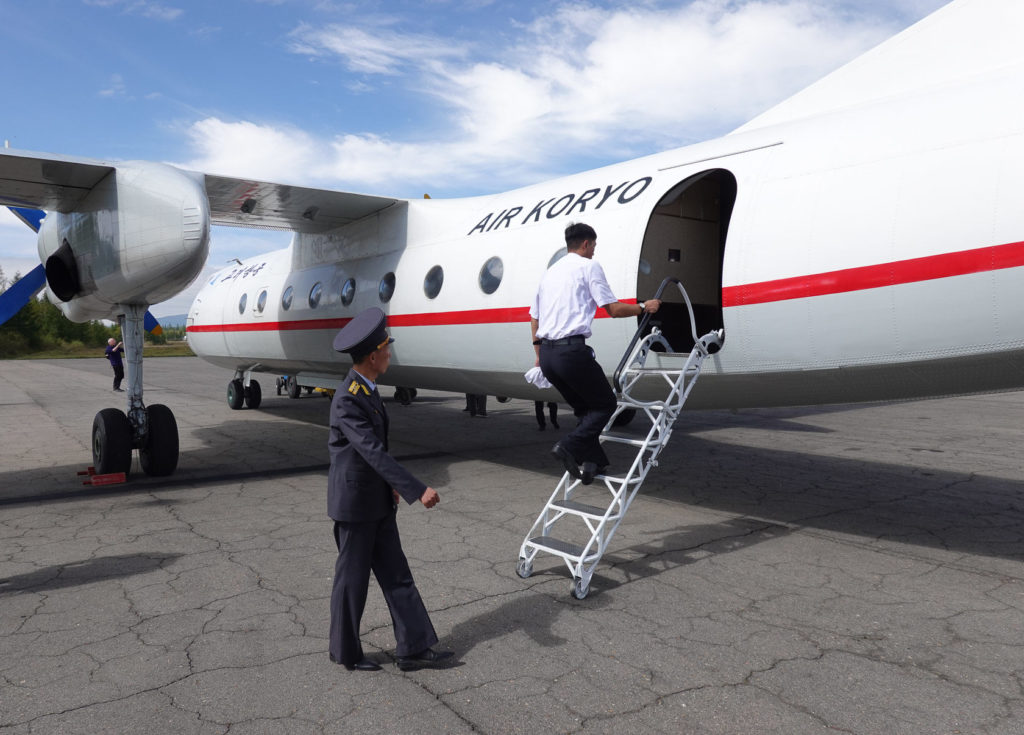Introduction
Mt. Paektu is North Korea’s tallest peak, the peninsula’s most sacred mountain, and a dormant volcano. An enormous eruption formed its summit caldera which is now a sparse and deep crater lake named Lake Chon (Heaven Lake). Due to the white volcanic rock and year-long snow found covering the summit, it was named ‘Paektu’ in Korean which means ‘white top’. Mt. Paektu is located in North Korea’s remote northeast within Samjiyon County, the mountain itself straddling the border and geographically shared with China.
Why is Mt. Paektu important?
Beyond its sheer scale and beauty, Mt. Paektu has a place in the hearts of all Koreans, considered to be the origin of the first Korean people. The mountain is said to be the birthplace of North Korea’s late leader, Kim Jong Il, and the region is deeply rooted in the revolutionary history of the country. The surrounding forests are scattered with important historical sites of Kim Il Sung’s early revolutionary activities in leading a guerrilla army to liberate Korea from Japanese colonial rule.
How do you get to Mt. Paektu?

Currently, the only way to reach Mt. Paektu is by chartered flight to Samjiyon County. This is typically a return flight between Pyongyang Airport and Samjiyon Airport, but it can be combined with a charter flight between other domestic destinations in North Korea. We arrange our own charter flight to Samjiyon with Air Koryo every year in either August or September, and this is a great opportunity to fly one of the Antonov AN-24’s in their fleet.
What is the best time of year to visit Mt. Paektu?
The winter at Mt. Paektu lasts from October until late-May, with the lake frozen over and conditions not ideal for visits. We’ve found that September is the best month to make the trip. Visiting in August is warmer but with a higher chance of rainfall. Even during August and September, you’ll need to bring warm and waterproof clothing as the weather can be cold, windy and can change from one moment to the next. The maximum temperature is 20 degrees Celsius during summer.
Can I arrange to visit Mt. Paektu on any tour?
Due to the requirement of a charter flight, it means Mt. Paektu is difficult to reach and cannot be added as an extension to most tours. If the dates of our annual group tour aren’t suitable, it’s possible for us to charter flights to Samjiyon for private groups but this is typically cost-prohibitive unless your private group is large. If you’re an individual or a small group, we’re able to arrange you a private tour aligning with the set dates of our charter flight — simply ask us and we’ll provide the options!
What does the future hold for Mt. Paektu & Samjiyon?
At the time of writing, there’s only one hotel available in Samjiyon to stay for visits to Mt. Paektu. This is the Pegaebong Hotel, a basic yet clean accommodation of 122 rooms hidden away in the forest just outside the town centre. Time is running out now to stay at the Pegaebong Hotel as it’s likely to be consumed by new modernised hotels that are nearing completion nearby. Samjiyon town is currently undergoing a monumental renovation and expansion project, touted to include the construction of over 400 new buildings and upgraded tourism infrastructure. What does the future hold for the Pegaebong Hotel? We’re currently unsure, but roasting potatoes over the campfire out the front will surely be missed!
